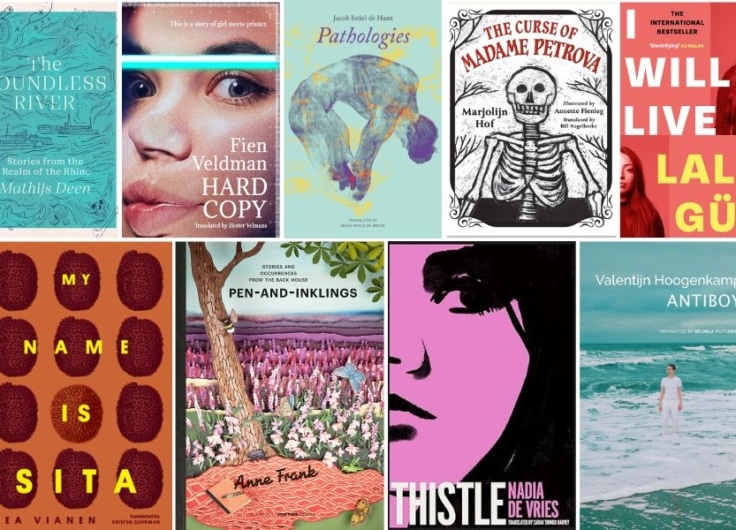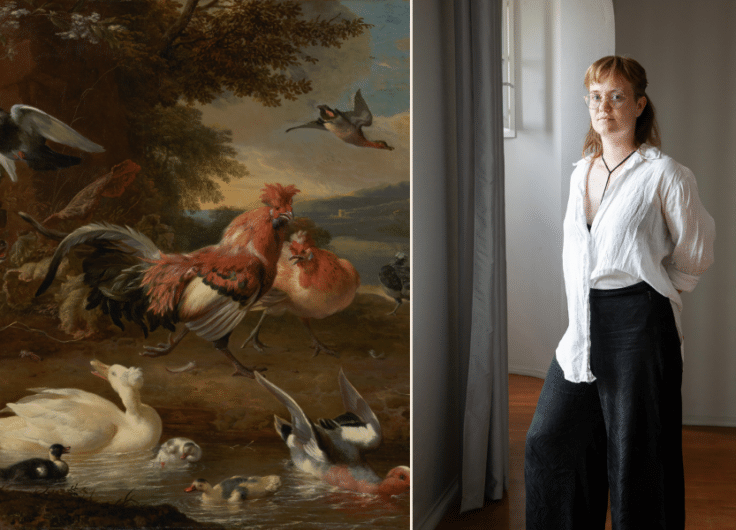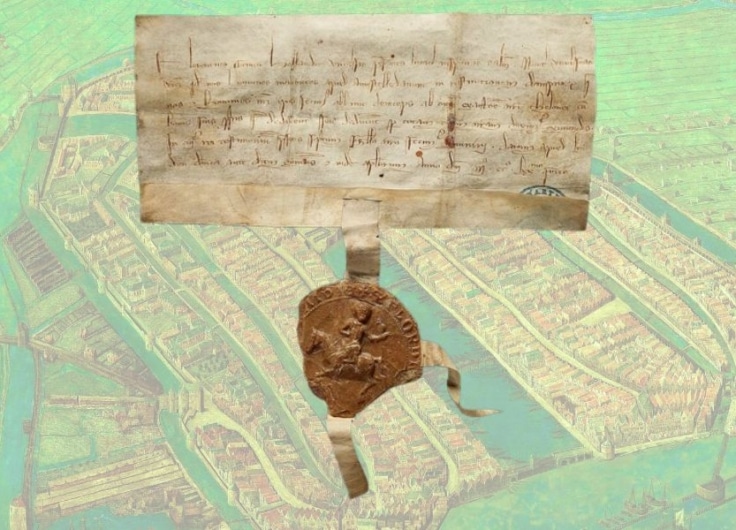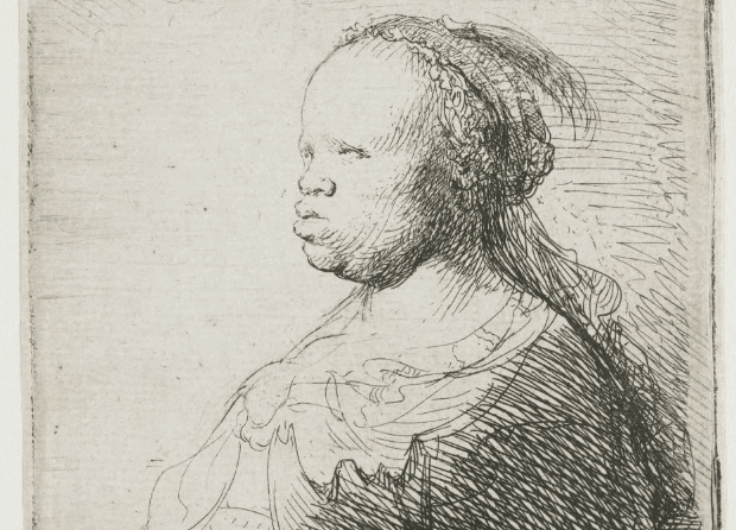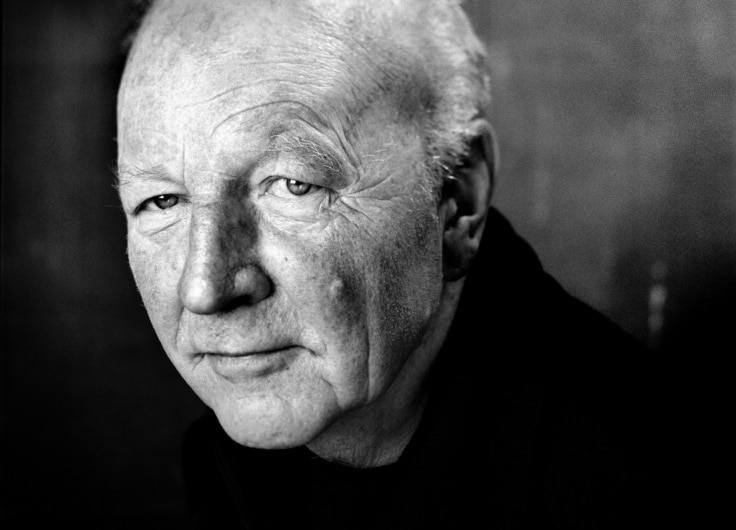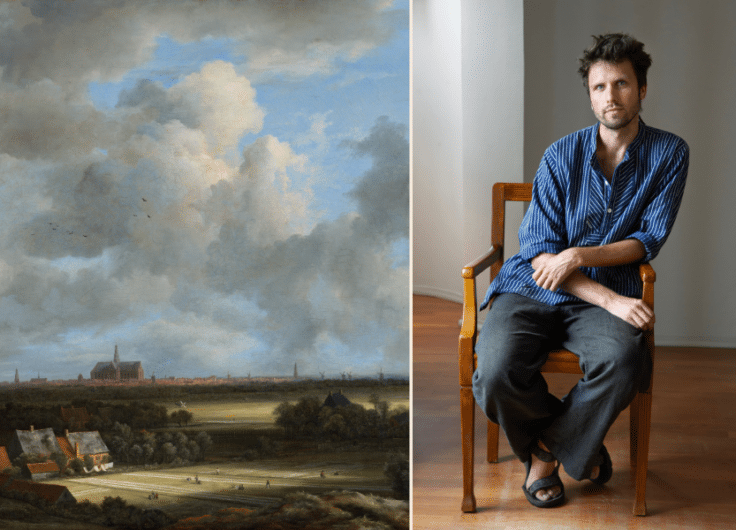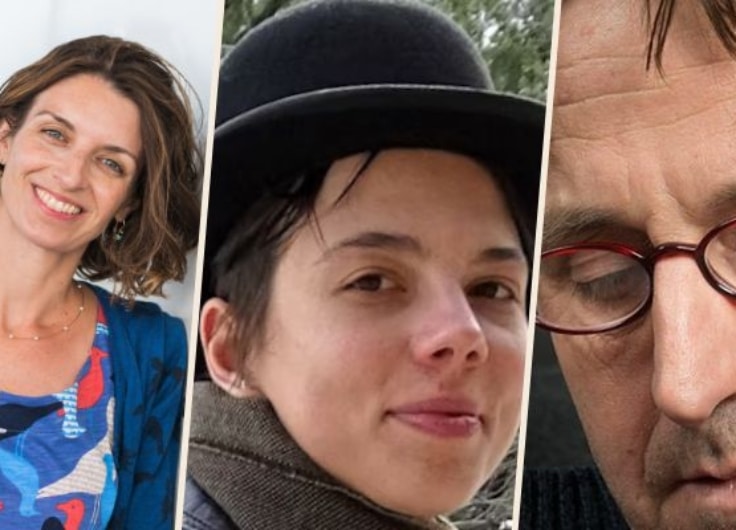Reading the Streets of Flanders and the Netherlands
From a wall in the smallest Flemish village to a bench in the largest Dutch city: poetry is visible everywhere in public space. But where it can be seen and by whom it is applied is not always clear. The website www.straatpoezie.nl of the Dutch literary scholar Kila van der Starre changes this.
Kila van der Starre wrote a dissertation at Utrecht University on ‘poetry outside the book’. At the beginning of 2017 she launched an interactive website with places where poems can be seen in public space. In this way she invests and archives literary heritage.
Take a look at Straatpoëzie.nl, and you will see that poetry can be found in sometimes surprising places: bridges, benches, station facades, footpaths. You can search for these poems on the map and add them yourself. You can also search a database by title of poem and name of poet.
Straatpoëzie.nl is a great way to involve a wide audience in scientific research, also called ‘citizen science’.
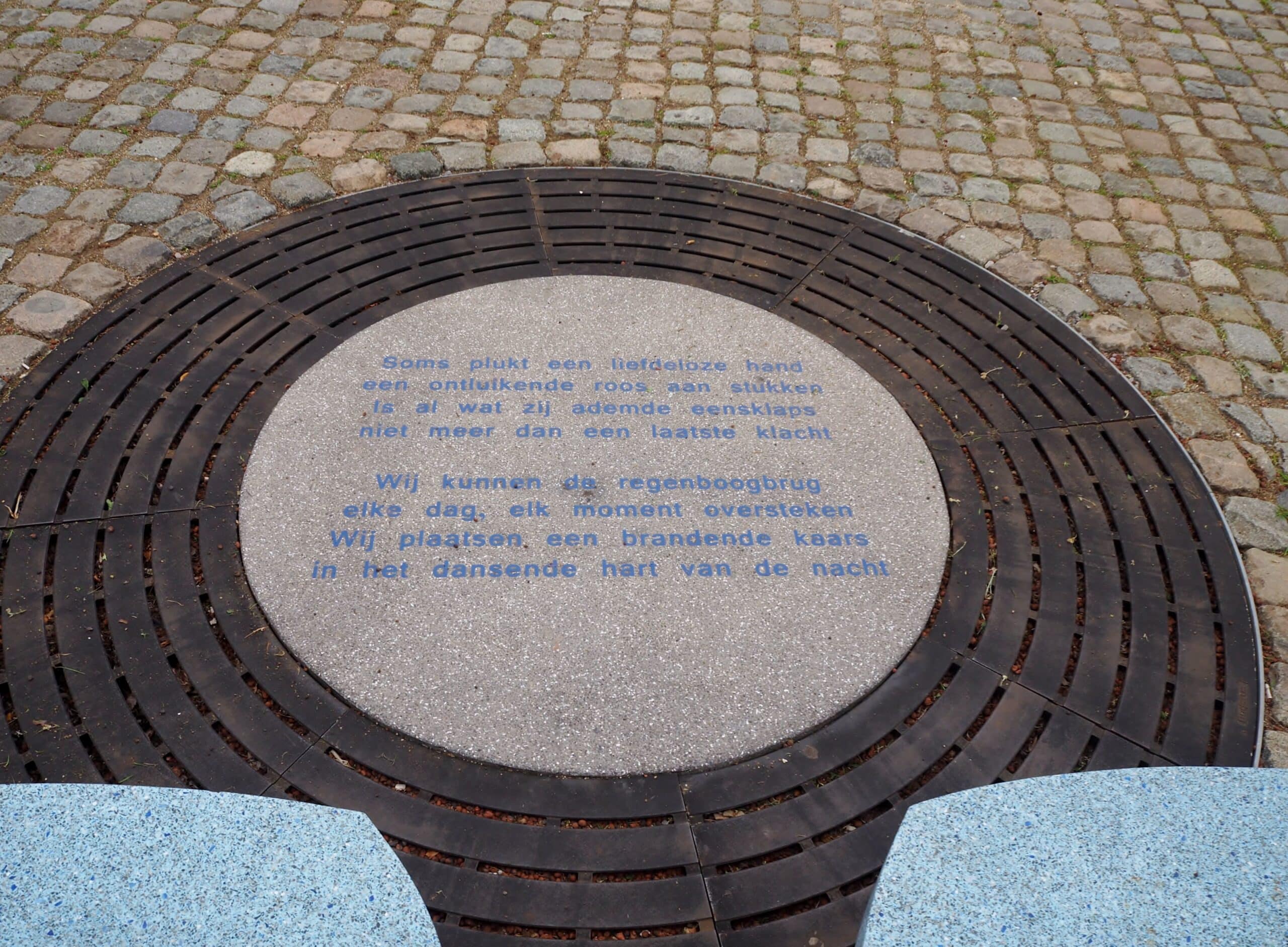 De Regenboogbrug' (Rainbow bridge) by Frouwkje Zwanenburg in Gouda
De Regenboogbrug' (Rainbow bridge) by Frouwkje Zwanenburg in Gouda© www.straatpoezie.nl
Ida Gerhardt is popular
On 20 November 2018 the two thousandth poem Herkenning by Ida Gerhardt was added. You can read it in the 1st Steeg in the municipality of Hattem in Gelderland. With 36 poems, Ida Gerhardt is the most popular poet on Straatpoezie.nl. No other poet in the Low Countries has so many poems to read in public space.
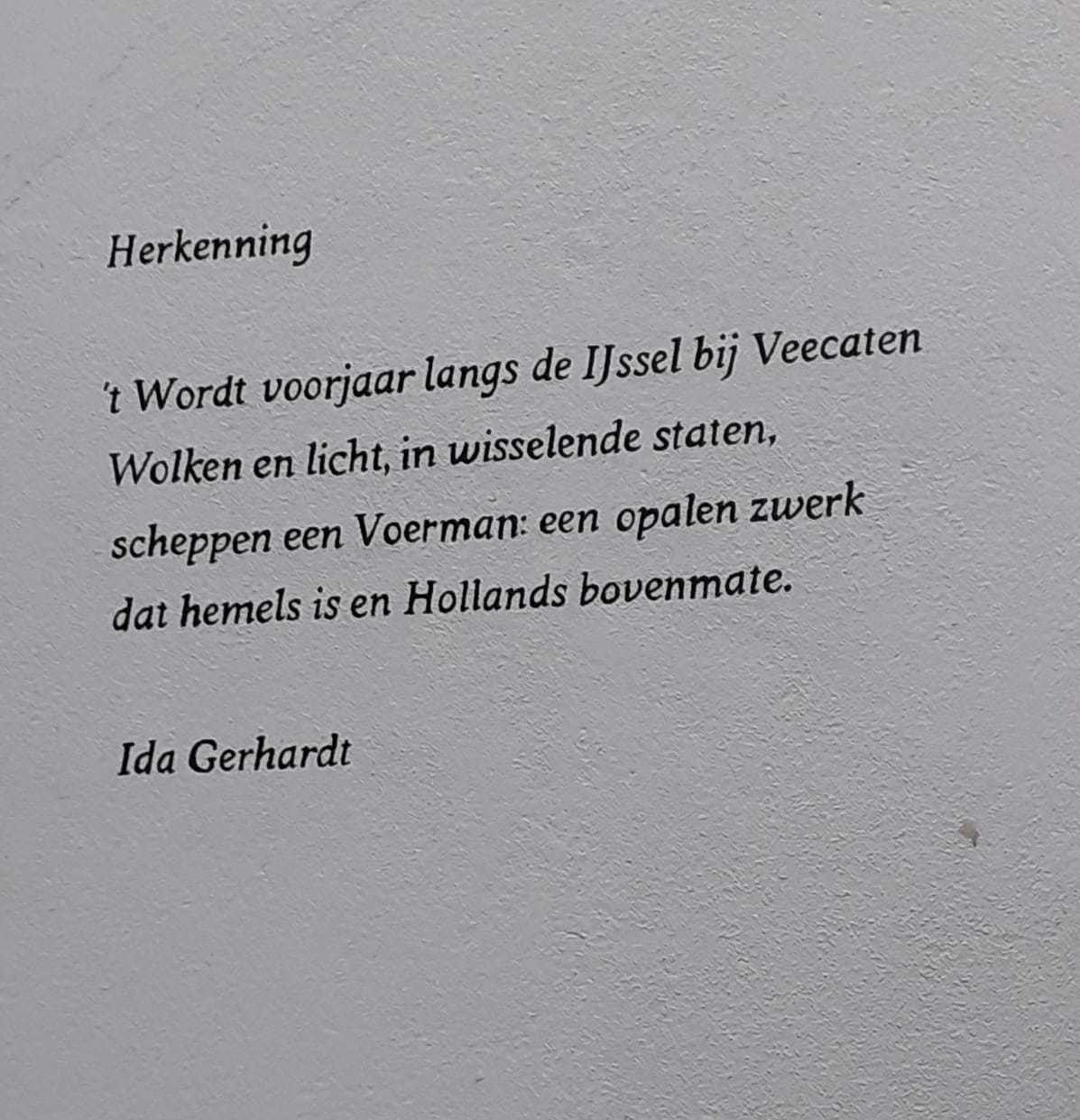 The poem 'Herkenning' (Recognition) by Ida Gerhardt on a wall in Hattem
The poem 'Herkenning' (Recognition) by Ida Gerhardt on a wall in Hattem© www.straatpoezie.nl
The 2000th poem is an ideal moment for van der Starre to draw some conclusions. The Straatpoezie.nl map currently contains 2047 poems by almost a thousand different poets. The poetry can be read on walls, roofs, statues, signs, posters, fences, paving stones, windows and other supports. The poems are made with paint, neon light, metal, wood, glass, stickers, plastic, chalk.
Anonymous authors
Street poems are created by foundations and municipalities, by local residents, schools, shop owners, city poets and anonymous authors. There are poems in public space in Dutch, Frisian, English, French, Arabic, Portuguese, Chinese and many other languages and dialects. Some poems can be read on buildings since the 17th century, others are much more recent or are only temporarily presented.
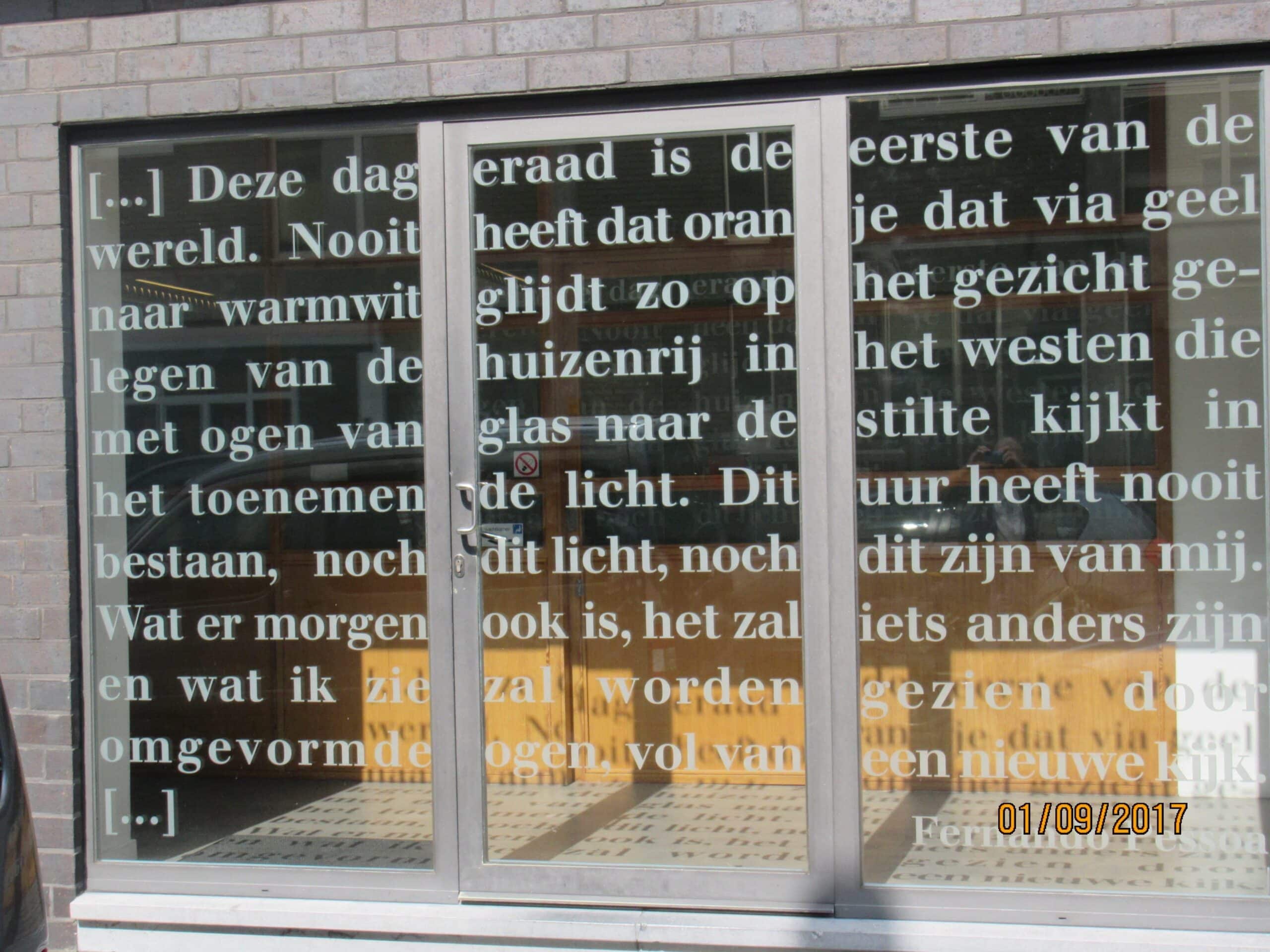 The poem 'This dawn is the first of the world' by Fernando Pessoa in Antwerp
The poem 'This dawn is the first of the world' by Fernando Pessoa in Antwerp© www.straatpoezie.nl
TOP 10
Some poets have several poems to read in the public space and some poems even occur in several places. These are the ten most common poets on Straatpoezie.nl.
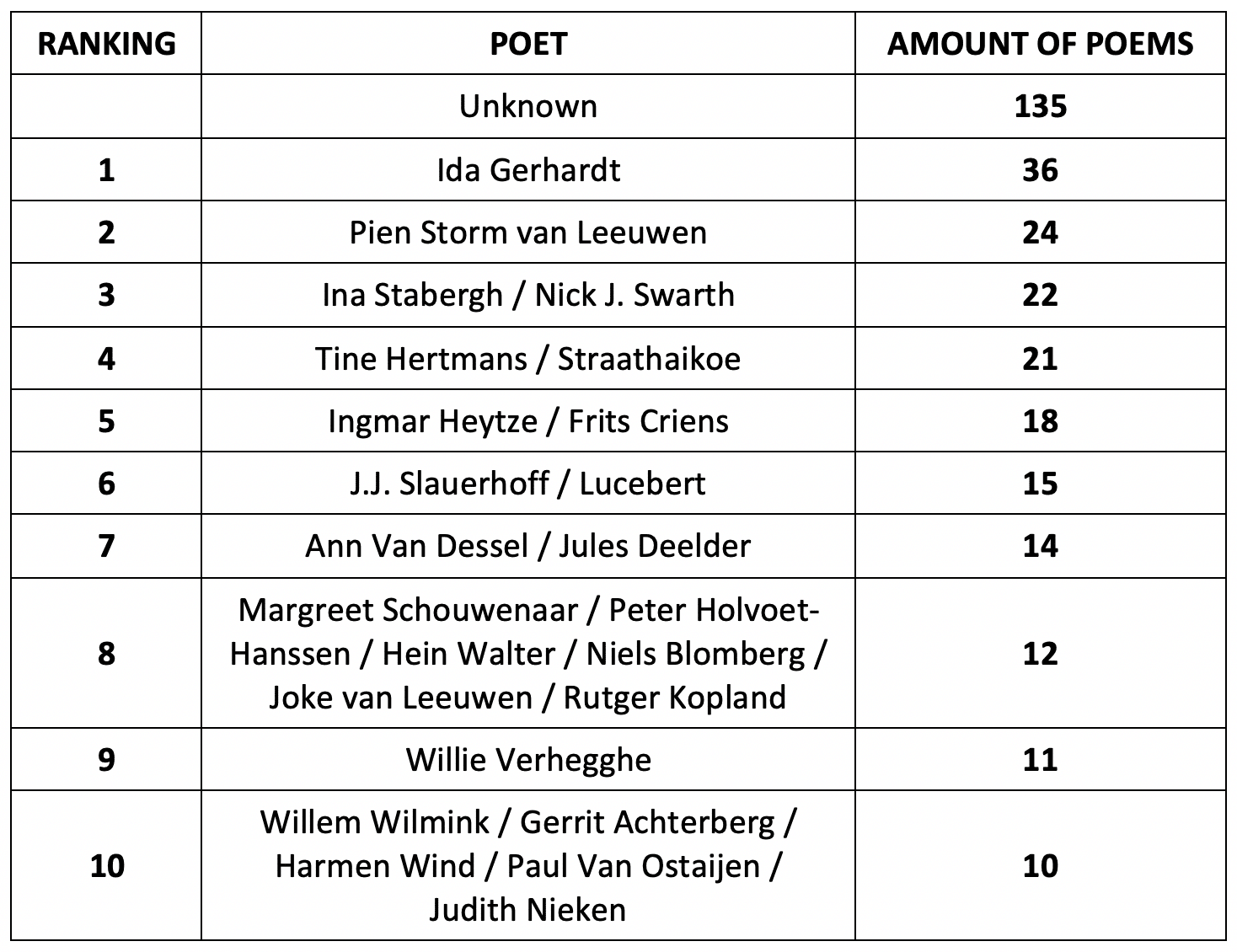
It is striking that this top ten is a mix of living and dead poets, women and men and poets with different degrees of fame. It contains canonical deceased poets and well-known living poets, but also many lesser known poets and a pseudonym of an anonymous poet. The top ten on Straatpoezie.nl shows a completely different mix of poets than, for example, the top ten most frequently chosen poems in anthologies or school books.
Kila van der Starre’s research report ‘Poetry in the Netherlands’ shows that the encounter of poetry ‘in the wild’ is one of the ways in which most people in the Netherlands most often come into contact with poetry. Van der Starre states that street poetry can therefore be a good stepping stone to working with poetry in education.


